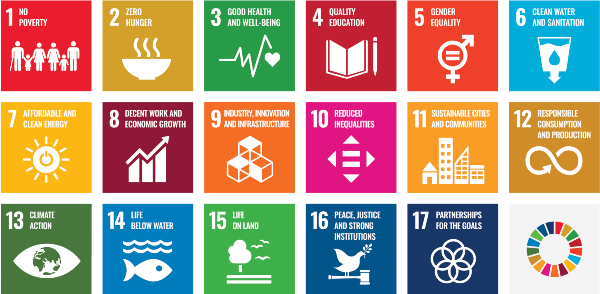Activities
The Forest and Landscape Restoration Mechanism (FLRM) provides direct and normative support at all levels through knowledge management, innovative financing and resource mobilization, forest and landscape restoration (FLR) monitoring, and communications. The FLRM works in close partnership with other institutions that support FLR through several regional and global initiatives.
At the country level:
The FLRM has supported work in several countries focusing on:
- governance, institutional support and enabling environments;
- preparing national forest and landscape restoration plans;
- sustainable financing of FLR; and
- pilot actions focused on the implementation of innovative models.
At the regional level:
The FLRM is involved with Bonn Challenge decentralized processes, such as Initiative 20x20 in Latin America and AFR100 in Africa. It also plays a leading role in facilitating the preparation of a regional strategy and action plan on FLR in the Asia-Pacific, and in framing the restoration agenda in the Mediterranean region. These initiatives aim to facilitate the implementation of national commitments by improving:
- knowledge sharing on good practices;
- financial resources mobilization;
- capacity development; and
- FLR monitoring.
At the global level:
The FLRM contributes to several initiatives in collaboration with other members of the Global Partnership on Forest and Landscape Restoration:
- capacity development for ecosystem restoration co-organized with the Convention on Biological Diversity Secretariat;
- capitalization of knowledge through the FLR knowledge platform and communities of practice;
- FLR finance; and
- monitoring of FLR, including facilitating the implementation of the collaborative roadmap on FLR monitoring.
FLR and the SDGs
FLR contributes significantly to the 2030 Agenda for Sustainable Development and achievement of its 17 Sustainable Development Goals (SDGs). Because of its comprehensive landscape approach, FLR work crosses sectors and, in so doing, achieves a wide range of forest- and land-related goals and targets, directly addressing SDG 15 (Life on Land). It also plays an essential role in sustaining ecosystem functioning and therefore, in the healthy provision of a wide range of ecosystem services. Further, FLR contributes to improving livelihoods, boosting food security, and helping people adapt to climate change, as well as to achieving the SDGs related to water, energy, employment, and economic growth. The FLR approach is therefore fully consistent with, and supportive of, the balanced cross-sectoral integration that is an inherent part of the SDGs.


